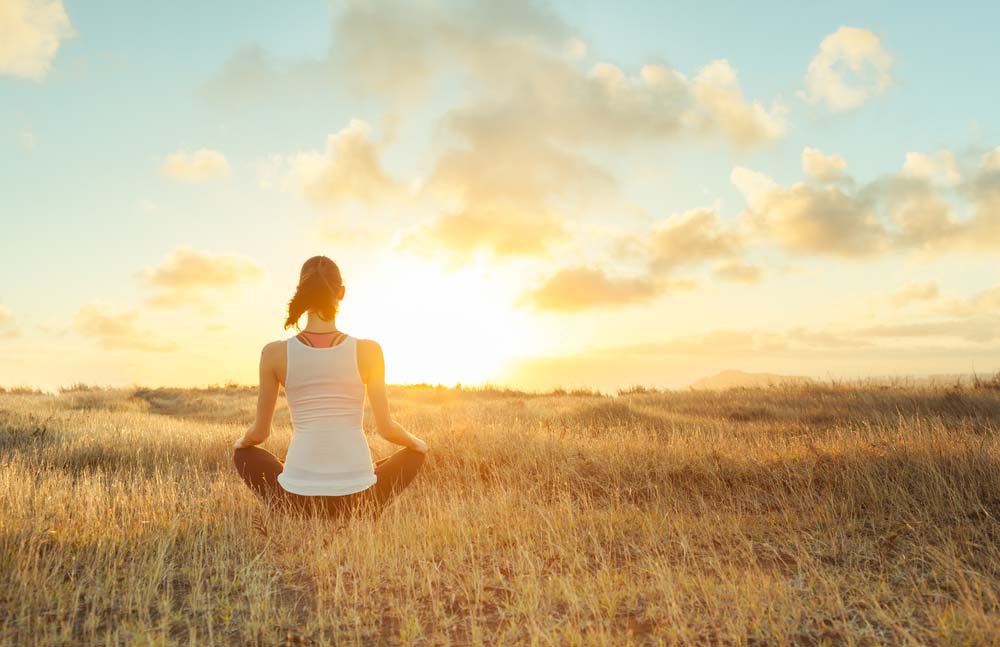Boost Your Health by Learning How to Meditate?
Boost Your Health by Learning How to Meditate?
Blog Article
Just How to Meditate: A Step-by-Step Strategy to Achieving Mindfulness and Tranquility
Meditation serves as a powerful tool for achieving mindfulness and emotional calmness in a hectic globe. By comprehending the essential concepts and methods involved in reflection, people can grow a method that improves their general wellness.
Comprehending Meditation
Comprehending meditation includes comprehending its essential principles and techniques, which function as the structure for the technique. At its core, reflection is a psychological exercise targeted at promoting relaxation, developing interior energy, and developing concern and insight. The technique urges people to focus their attention, frequently with methods such as deep breathing, visualization, or mantra repetition.
Reflection can be classified into numerous designs, consisting of mindfulness, transcendental, and loving-kindness meditation, each with distinctive purposes and techniques. Mindfulness reflection highlights present-moment awareness and non-judgmental observation of feelings and ideas, while copyright entails making use of certain rules to go beyond average thought processes. Loving-kindness reflection focuses on creating a perspective of love and compassion in the direction of oneself and others.
No matter of the technique used, the primary objective stays consistent: to grow a deeper understanding of the mind and its patterns. This self-awareness promotes emotional durability, clarity of idea, and a profound feeling of calm (How to meditate?). By recognizing these principles and strategies, individuals prepared for a successful meditation technique that can substantially improve their total well-being
Planning For Your Method
Before beginning your reflection practice, it is vital to develop a setting conducive to focus and leisure. Make certain that the area is tidy and cost-free of clutter, as a tidy atmosphere can assist get rid of the mind.
Take into consideration the lighting, as natural light can enhance your mood and energy. Soft, warm lights is often more calming than severe fluorescent lights. Furthermore, select a comfortable temperature level, making certain that you are neither too warm neither also cold.
Integrating aspects that advertise serenity can additionally improve your experience. This might consist of soft cushions or coverings for convenience, along with calming fragrances from essential oils or incense. It can likewise be helpful to have a timer established for your reflection session to stop interruptions from clock-watching.
Standard Meditation Methods

One more reliable technique is body scan reflection. This entails mentally scanning your body from head to toe, seeing any locations of stress or pain and consciously kicking back those muscular tissues. This practice fosters a deeper link in between your mind and body.

Lastly, loving-kindness reflection concentrates on cultivating concern in the direction of yourself and others. Calmly repeat phrases of a good reputation, improving emotional health and interconnectedness. Each of these strategies acts as a structure for your meditation trip, enabling you to find the approach that resonates ideal with your individual technique.
Maintaining Emphasis and Mindfulness

Establishing a specialized meditation area can improve the capability to preserve mindfulness. A peaceful, clean setting decreases disturbances, enabling much deeper immersion in the method. Furthermore, setting a time limitation can aid handle assumptions; starting with much shorter sessions might ease the transition right into longer techniques.
Utilizing techniques such as body scanning or observing feelings can additionally reinforce mindfulness. These methods urge practitioners to stay existing and involved with their physicality, anchoring their attention in the minute. Routine practice is vital; the brain develops durability in time, creating a more powerful capability for focus.
Incorporating Reflection Into Life
Incorporating reflection right into everyday life can transform regular activities right into chances for mindfulness and self-reflection. By integrating mindfulness techniques into common jobs, people can cultivate a better sense of visibility and harmony amidst the numerous hours of everyday life.
Begin by recognizing minutes throughout your day where you can pause and exercise mindfulness. Throughout your morning commute, emphasis on your breath or the experiences of the atmosphere around you. In the article source cooking area, technique food preparation as a reflective practice, savoring the appearances, colors, and scents of the active ingredients. Even ordinary tasks like washing meals or walking can come to be chances for reflection by guiding your attention to the experiences of movement and the audios surrounding you.
In addition, reserving specialized times for reflection can reinforce its method. Beginning with brief sessions, progressively increasing duration as you become much more comfy. Usage suggestions or cues-- like a certain time of day or a relaxing audio-- to develop uniformity.
Inevitably, the objective is to weave mindfulness right into the textile of day-to-day life, permitting you to come close to each minute with check out this site objective, thus enhancing your overall feeling of health and clarity.
Conclusion
In final thought, effective reflection needs a quiet setting, a comfortable placement, and a focus on the breath. Normal meditation, also in brief sessions, promotes a deeper link to the present minute, eventually leading to better calm and psychological clarity in daily life.
Reflection can be classified into various designs, consisting of mindfulness, transcendental, and loving-kindness meditation, each with distinctive purposes and approaches. Mindfulness reflection highlights present-moment recognition and non-judgmental observation of feelings and ideas, while transcendental reflection involves the use of particular concepts to go beyond average thought processes.With your reflection room prepared, it's time to explore different standard reflection methods that can aid cultivate mindfulness and more inner tranquility.Continually maintaining focus and mindfulness during meditation can be challenging, especially for those new to the technique.Developing a devoted meditation area can boost the capacity to maintain mindfulness.
Report this page